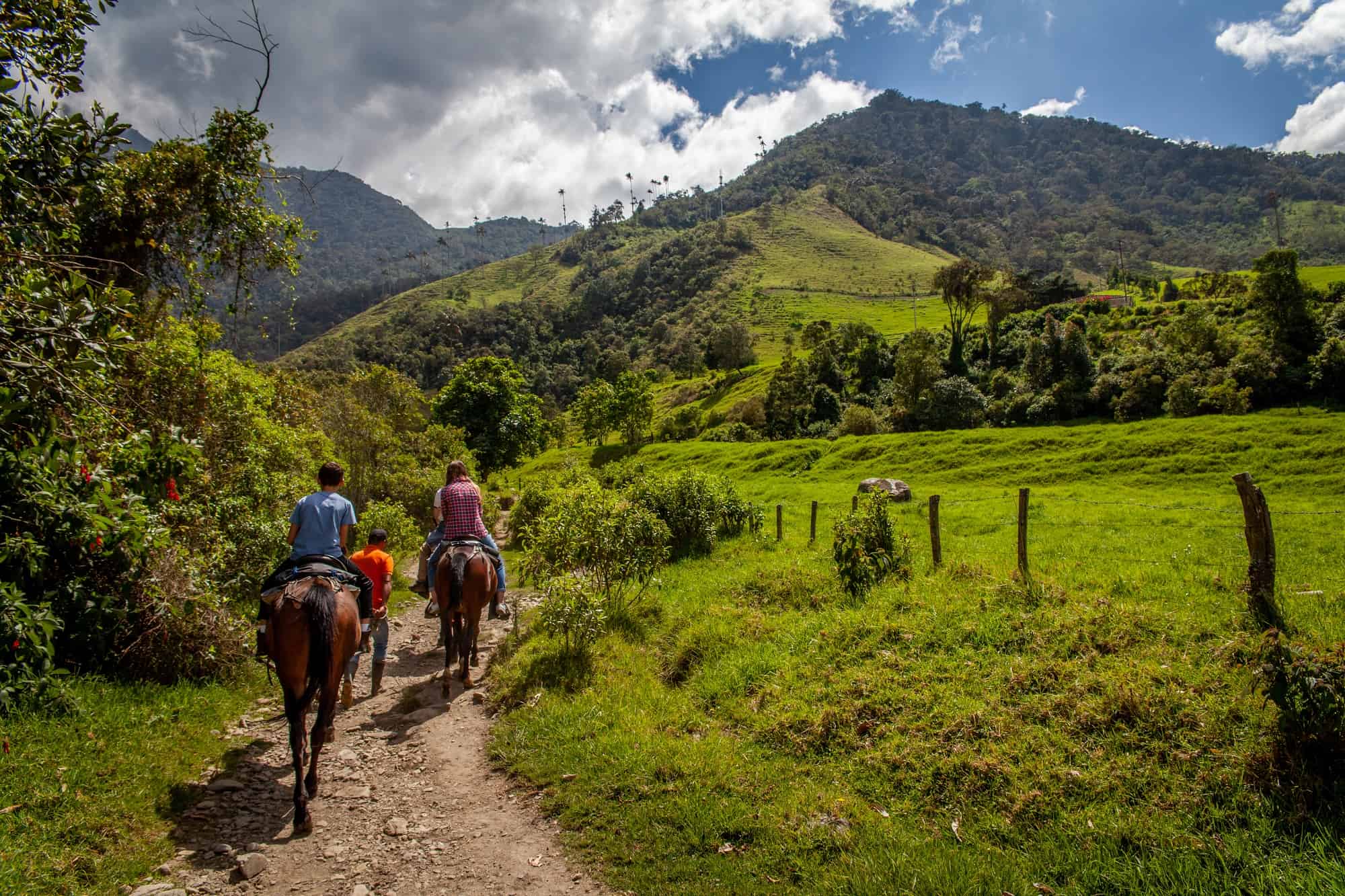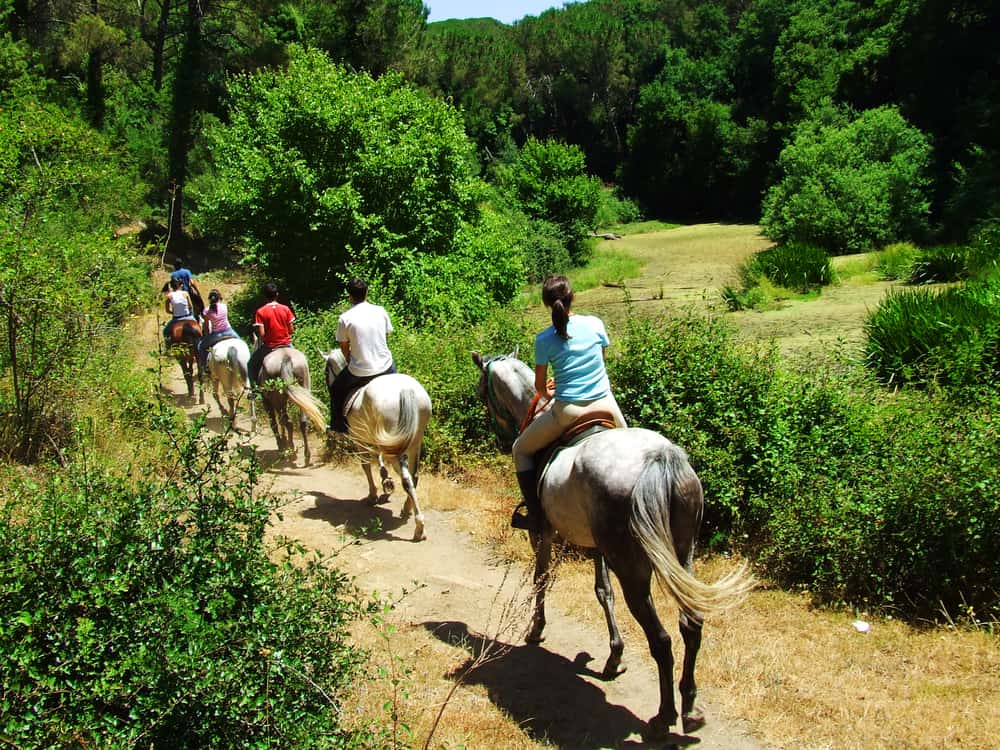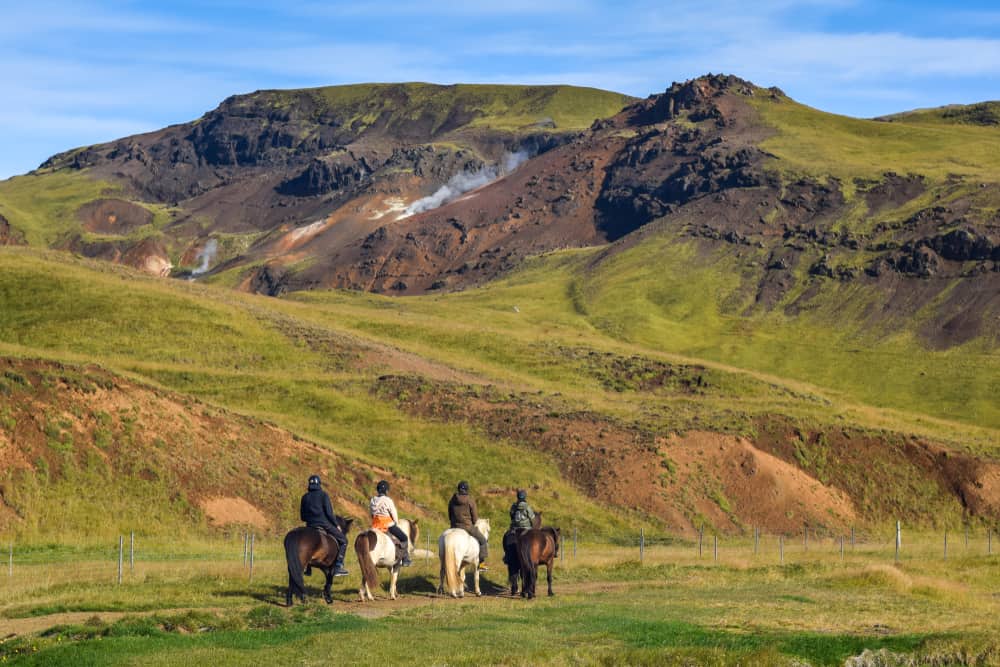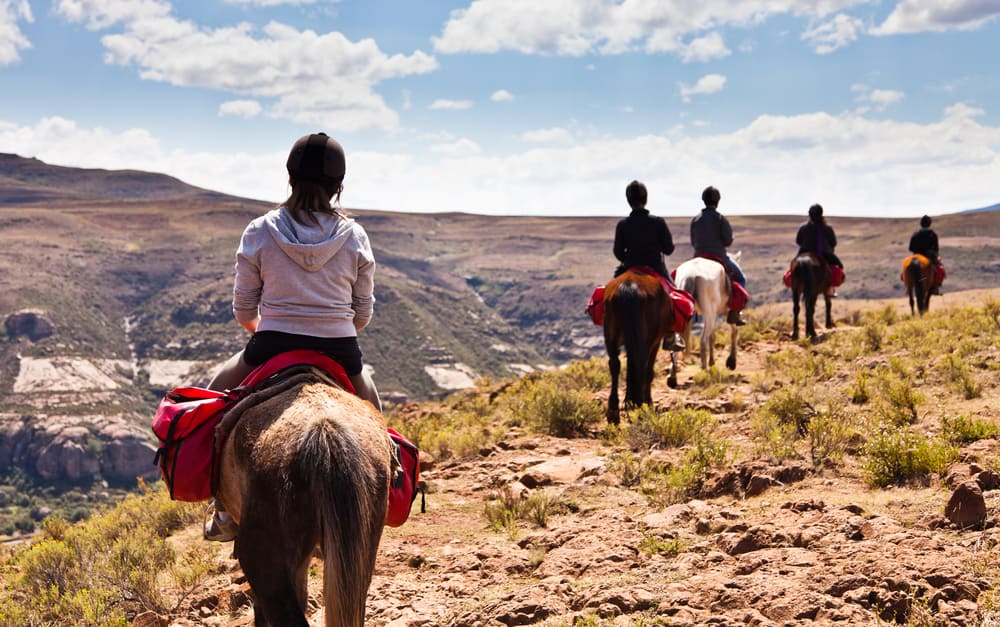As no two horses are the same on the planet, there is no single answer to how far a horse can travel in a day. First, you should know that a horse moves its legs in three different ways, from the slowest gait, faster trot, and the fastest gallop.
Second, many different factors affect how much a horse can cross during the day, including the horse’s breed and age. However, its speed will also depend on the load it carries, terrain configuration, and weather conditions. Let’s take a closer look.
Today’s Horses vs. Horses in the Past
Always keep in mind that people use horses differently these days than hundreds of years ago. It is unnecessary to rely on these animals for long daily journeys, so they have adjusted to the new circumstances.
Unlike horses trained to complete everyday journeys in the past, modern ones are less capable of doing the same, with rare exceptions. While horses traveled about 35 miles (56.5 km) daily in those times, most of them can travel only 25 miles (40 km) a day nowadays.
How Far Can a Horse Travel In a Day
There are a few crucial factors that will affect your upcoming long journey. The primary things you need to take care of are your and your horse’s fitness and skills.
You both need to be rested, well-fed, and with an adequate amount of water supplies. Additionally, you should check your equipment, terrain, and weather conditions. Let’s take a look.
Gait
The mileage that a horse can cover in one day largely depends on horse movement types. The gait pattern depends on the horse you have.
Some naturally have efficient movements so that they can travel faster and further with less energy burning. Plus, they are more comfortable for the rider. You can recognize two gait types, including:
Natural gait
It includes walking, trotting, and running.
- Natural walk – A simple natural walk means a four-beat gait and covers up to 4 mph (6.5 km/h).
- Trotting – While trotting, a horse can move a two-beat gait at a speed of about 8 mph (13.9 km/h).
Ambling gait
It is a combination of natural and learned movements, such as cantering and galloping.
- Canter (lop) – It is a 3-beat gait that allows a horse to cover 10 to 17 mph (4.5 – 7.5 km/h).
- Gallop – It can be both natural and ambling gait type and means that a horse covers approximately 30 mph (48.5 km/h).
Horse pace
Horses can walk or gallop at a certain pace and an average speed per mile. It can vary depending on the horse type, rider skills, terrain, and weather conditions.
As I have already mentioned, a typical horse can walk at a speed of approximately 4 mph (6.5 km/h), trot at about 8 and 12 mph (13.9 – 19.5 km/h), while it can reach at least 25 and 30 mph (40 – 48 km/h) when galloping.
Horse speed |
|
| Gait | Average speed |
| Walk | 4.3 mph (6.9 km/h) |
| Trot | 8 to 12 mph (12.9 – 19.3 km/h) |
| Canter | 10 to 17 mph (16 – 27.3 km/h) |
| Gallop | 25 to 30 mph (40.2 – 48.3 km/h) |
Never believe the famous scenes from movies. Most average horses can travel at the pace of a gallop only 2 miles (3 km) without fatigue and about 20 miles (32 km) at the pace of a trot. You can ride your horse 25 and 35 miles (40 – 56.5 km) without rest when it walks steady.
An average trail horse in decent shape can withstand a journey of 50 miles (80.5 km) in one day, while a fit endurance competitor will be able to travel even 100 miles (161 km) in a day. On the other hand, most of them can’t endure a few consecutive days of riding without a day or two of rest.
A more fit animal can cover more distance when trotting and cantering one part of the way. Be aware that there are no many riders who can sustain that pace. On the other hand, some horses can’t ride for eight hours in one day.
Horse’s health and fitness
Regular exercise and training keep the horse healthy and excellently fit. However, it is recommended to take your animal to the vet for a detailed checkup before the journey. There are a few factors that will affect the horse’s overall fitness.
For instance, senior horses often have some health issues, like arthritis, and can’t spend hours on the trip and keep up with speed. It is the same with recently injured animals.
Keep in mind that horses tend to follow their team regardless of fatigue and pain. Therefore, you should take care to prevent overload. Tired animals can quickly stumble and are prone to injuries, so you should be careful and responsible.
The best option is to keep a reasonable pace, make frequent stops, and provide adequate riding equipment and enough food and water during the journey. Otherwise, you can face irreparable damage.
Keep in mind that there are a few techniques to improving a horse’s fitness, but it is a long process. It will be easier with a young, energetic, and healthy animal, but you should be less demanding with an older and less hardy horse.
Existing terrain and footing
Be aware that a horse can’t maintain the same rhythm of gait throughout the journey, and it often depends on the riding conditions. Every horse will slow down when facing unfamiliar and uncomfortable terrain, prolonging overall travel time.
As you can guess, it is not the same if you travel across the plains or the steep hills. Moving up and down will cause more stress on the horse’s cardiovascular system and limbs, so it can’t go as fast as over flat terrain.
Additionally, the hard, rocky, sandy, muddy, and bumpy ground will negatively impact the horse’s joints and hooves. Therefore, it will slow down the pace to avoid injuries. The best option for long-distance traveling is grassy fields.
Weather conditions
Always check weather conditions in advance and avoid taking a trip when the day is too hot or cold. Believe it or not, weather can significantly affect horseback rides, particularly when you plan a full-day trip.
Most horses do the best at the optimal temperatures of 70 and 90 F (21 – 32 C). Rainy days will slow your animal down, primarily because of the slippery ground. Plus, no one horse won’t enjoy getting wet. You can expect your horse to look for shelter after 2 to 7 miles (3 – 11 km) spent on rain.
In most cases, an average horse can travel about 10 to 20 miles (16 – 32 km) when it snows and temperatures are low. After that, they will seek warmth.
Additionally, extreme weather can cause severe horse injuries and illnesses. For instance, dehydration during hot days will cause a low level of electrolytes that is always followed by severe health consequences.
Keep in mind that hot, windy weather with low humidity can cause quick sweat to evaporates. You won’t notice sweating in such a situation because it dries quickly, but be aware that the horse can still lose electrolytes.
On the other hand, traveling during the windy and freezing days without adequate protective gear will probably cause muscles to stiffen, while frozen ground can hurt your horse’s joints and hooves.
Feed, water, and rest the horse
Fed and rested horse that got enough water will quickly complete a long ride and recover after that. Always check if you can find adequately arranged and accessible water sources on the trail, offer water to your overheating horse regularly and let it cool down and take a rest as much as it needs.
Equipment
Properly fitting tack is one of the crucial things you should consider when riding the horse, especially when going on longer journeys. It is the same with the saddle and bridle.
Inappropriately fitting equipment will significantly influence your trip, shorten the distance you can pass during a day, and leave you unsatisfied and disappointed.
An additional problem is losing a shoe while traveling over the rocky terrain, making it impossible to continue the journey.
Rider’s skills and fitness
Finally, you have to be sure of your physical fit and capability to go the long distance in one day. For instance, if you are not skillful enough to guide your horse over rocky terrain or puddle, you can find yourself get stuck in the middle of nowhere.
Always check your stamina by traveling a few shorter trails before a long trip. As you have already known, riding a horse for hours is tiring and can be pretty painful. Even the most experienced riders will struggle to handle such an effort.
Summary
You can ride an average, healthy and energetic horse for 25 and 35 miles (40 – 56.5 km) in one day in ideal conditions. However, most of them will successfully handle only 15 and 20 miles (24 – 32 km) a day with enough water, food, and rest. Keep in mind that distance traveled also depends on you, weather conditions, terrain, and equipment you use.











